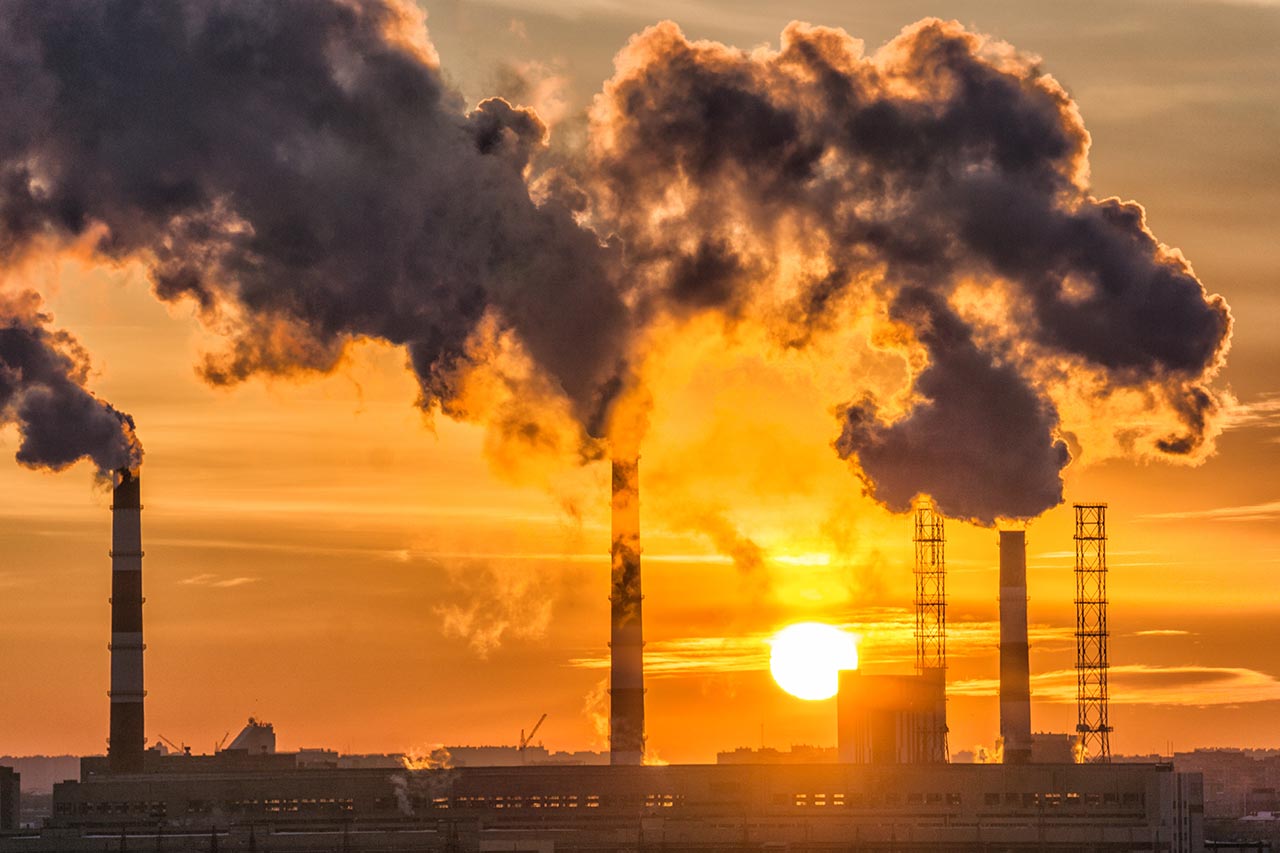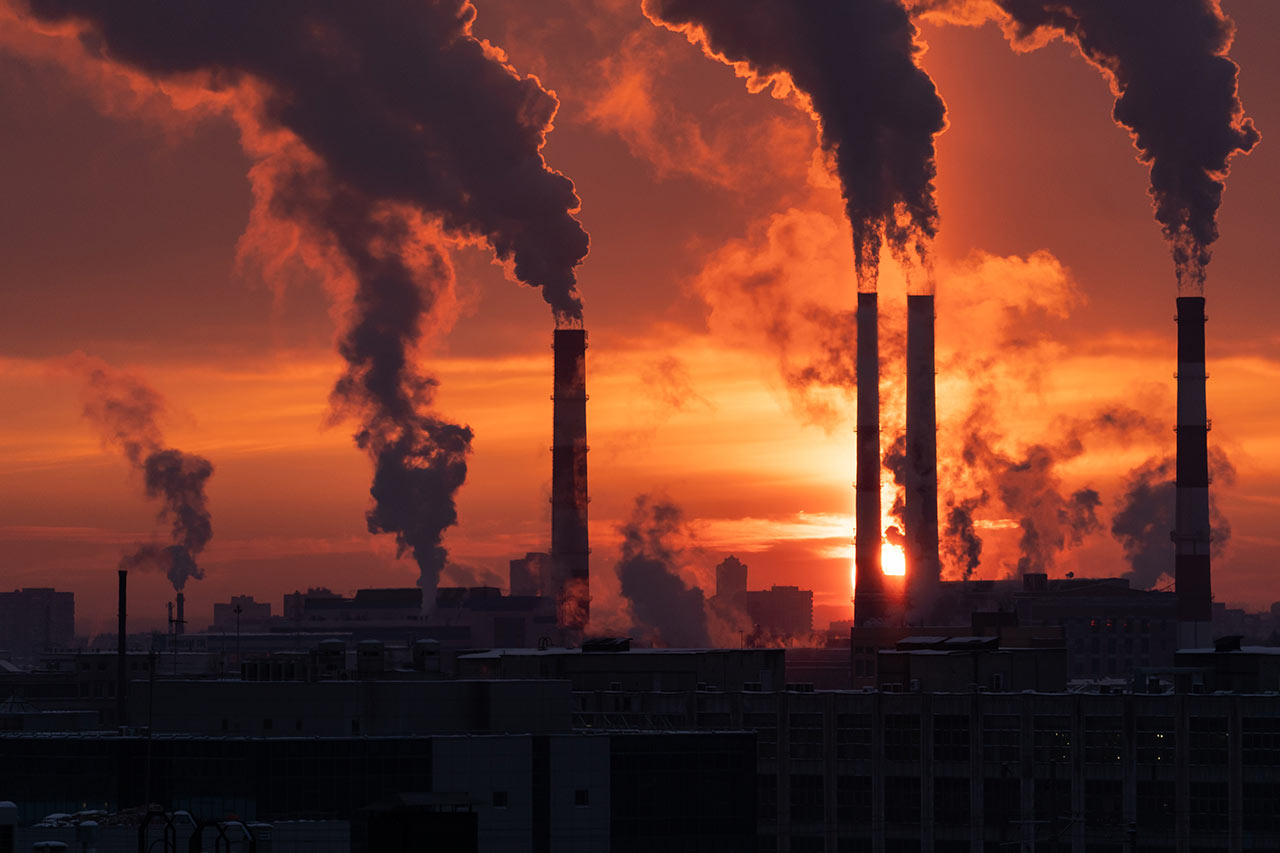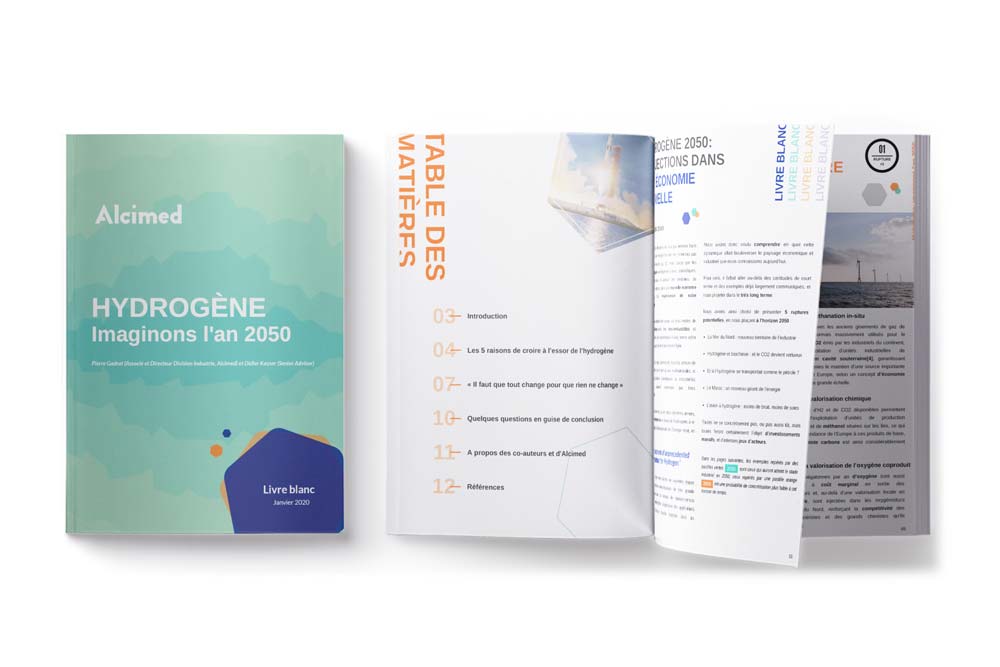Greenhouses: CO2 valorization to improve production yields in agribusiness
In this application, CO2 can be used to boost the photosynthesis of fruits and vegetables produced in greenhouses and improve production yields by up to 25-30%. This has been implemented by Climeworks in Switzerland for CO2 from a household waste incineration plant.
Fertilizers: a CO2 capture method that allows to produce them
Beyond the production of urea, CO2 can be captured by reaction with potassium hydroxides or ammonium. The salts generated such as ammonium or potassium bicarbonates can be valorized as fertilizers. This approach of valorization has been implemented in Luxembourg on a pilot scale by the company CPPE on a clinker production site of Cimalux.
Construction materials: a valorization of mineralized CO2
By reacting with a mineral source of calcium or magnesium, the CO2 can be mineralized to form aggregates or bricks or can be re-injected with cement to be dissolved in concrete. Blue Planet in the United States and O.C.O. in the United Kingdom are two of the most advanced players in this sector.
Fuels: valorizing CO2 in a low-carbon circular consumption approach
When combined with hydrogen, CO2 can be used for the production of methane, methanol, gasoline and kerosene. If the hydrogen is produced in a decarbonated production process, this route places CO2 at the heart of a low carbon impact circular consumption approach. This approach has been developed, for example, by the Hitachi Zosen Inova group, which combines the production of hydrogen by electrolysis of water with the catalytic reduction of CO2 into methane. Carbon Engineering in Canada, is based on the same principle to valorize the CO2 directly captured from the atmosphere, which has been in the process of industrialization since 2015.
Plastics: CO2 as a substitute for fossil resources
Once again, CO2 can replace fossil resources as a source of carbon for the production of plastic polymers, in particular polypropylene carbonates (PPC), polycarbonates and polyurethane. Their production is already industrialized in China, Japan, the United States and Germany by major players in the chemical industry such as Asahi Kasei, Bayer, Covestro or Nanyang Zhongju Tianguan.
However, these new valorization methods are not equivalent in terms of cost, which remains a major challenge, but also in terms of their technological complexity, the duration of CO2 immobilization and the energy intensity of the processes. The assessment of the best valorization route will require an in-depth study of the local context of a project: availability of reactants, origin of the available CO2, availability of renewable energy, addressable markets nearby, etc… And you, are you ready to start capturing and valorizing your CO2 emissions? We are here to help you!
About the author
Arielle, Project Manager in Alcimed Energy, Environment & Mobility team in France



